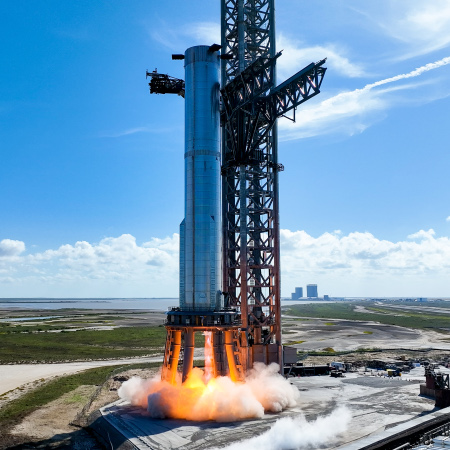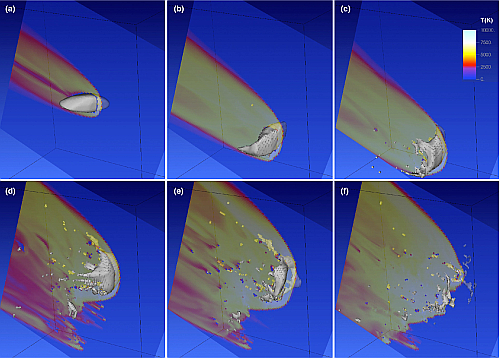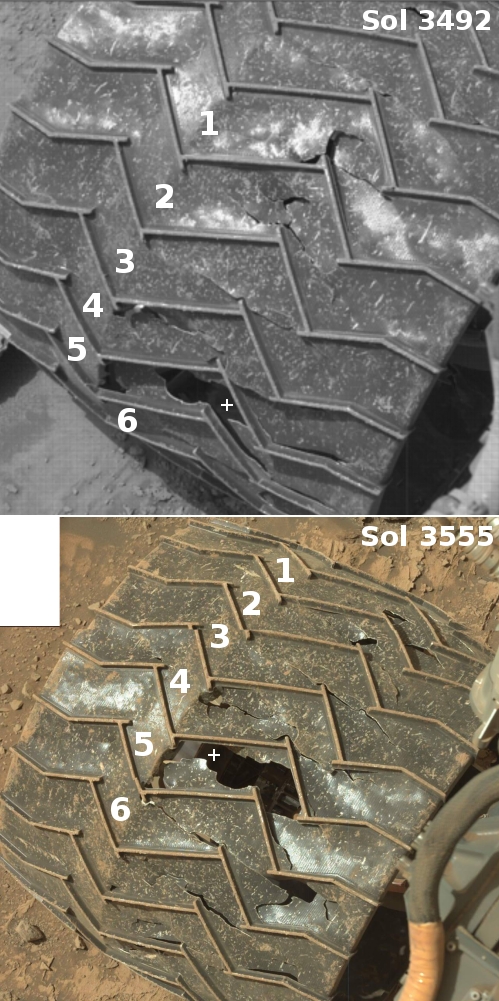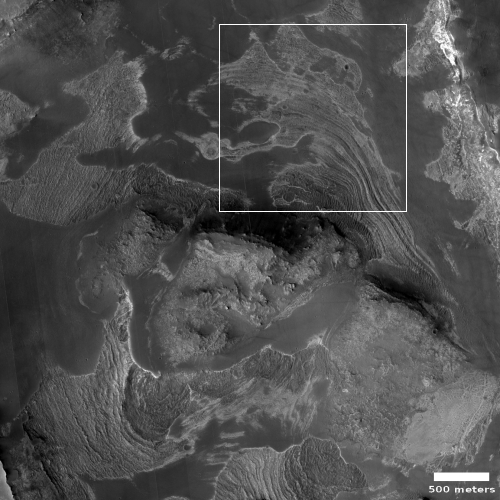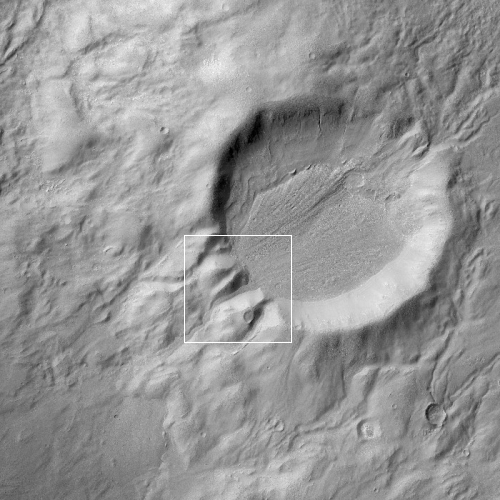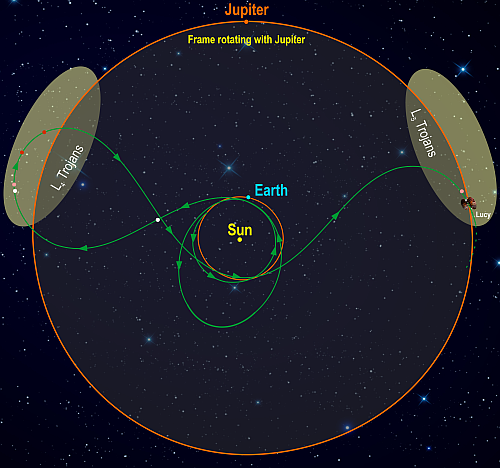UK regulators to investigate Viasat-Inmarsat merger
The United Kingdom’s Competition and Markets Authority (CMA) yesterday opened an investigation into the purchase of InMarsat by Viasat, announced in November ’21, to see it that merger would “result in a substantial lessening of competition within any market or markets in the United Kingdom for goods or services.”
This investigation will clearly delay the merger. It also appears somewhat counter-productive, considering that Inmarsat has been having trouble making money in recent years due to the market’s shift from its big geosynchronous satellites to constellations of smallsats in low Earth orbit, such as SpaceX’s Starlink. Viasat meanwhile has been desperately trying to block Starlink because of that very competitive threat.
By merging, these two satellite companies might survive and compete with the new orbital constellations. Otherwise, they might both go out of business, thus reducing competition. It seems the CMA will be shooting itself in the foot if it blocks this merger.
The United Kingdom’s Competition and Markets Authority (CMA) yesterday opened an investigation into the purchase of InMarsat by Viasat, announced in November ’21, to see it that merger would “result in a substantial lessening of competition within any market or markets in the United Kingdom for goods or services.”
This investigation will clearly delay the merger. It also appears somewhat counter-productive, considering that Inmarsat has been having trouble making money in recent years due to the market’s shift from its big geosynchronous satellites to constellations of smallsats in low Earth orbit, such as SpaceX’s Starlink. Viasat meanwhile has been desperately trying to block Starlink because of that very competitive threat.
By merging, these two satellite companies might survive and compete with the new orbital constellations. Otherwise, they might both go out of business, thus reducing competition. It seems the CMA will be shooting itself in the foot if it blocks this merger.

